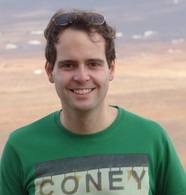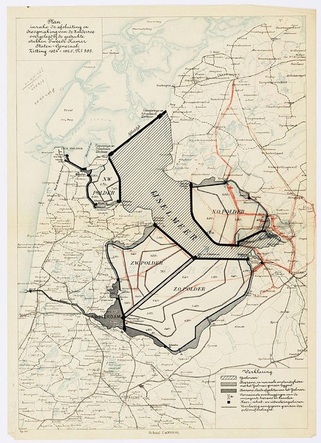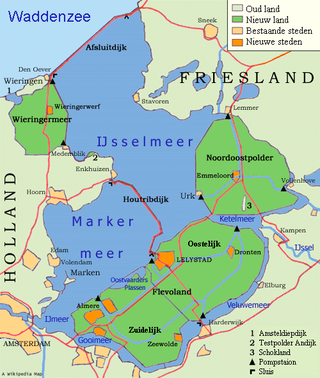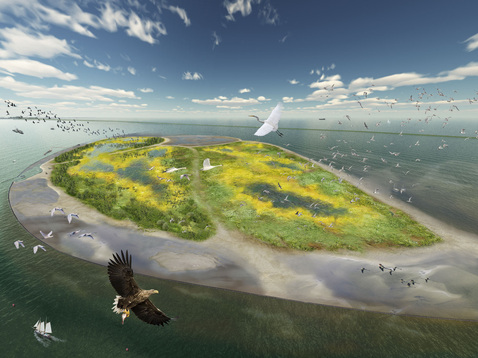
If Cornelis Lely could know that lake Markermeer is still a lake, he'd be turning in his grave! Land reclamation from this lake should have taken place long ago. However, the Dutch government decided to cancel these plans recently after decades of dispute. Having an extra, large fresh water lake is all very well but the current ecological value of the lake is rather poor. Primary productivity in the lake is low as light penetration is reduced due to suspended particles in the water column. Additionally, a fluffy layer at the lakes bed provide poor conditions for (aquatic) plants and other animals such as fish and benthic fauna. You can easily say that Markermeer currently functions as a big aquatic desert. So how did this come about? To answer that, lets first dive briefly into history!
 Figure 1. Plan Lely, 1891.
Figure 1. Plan Lely, 1891.  Figure 2. Current situation.
Figure 2. Current situation. 
 RSS Feed
RSS Feed
